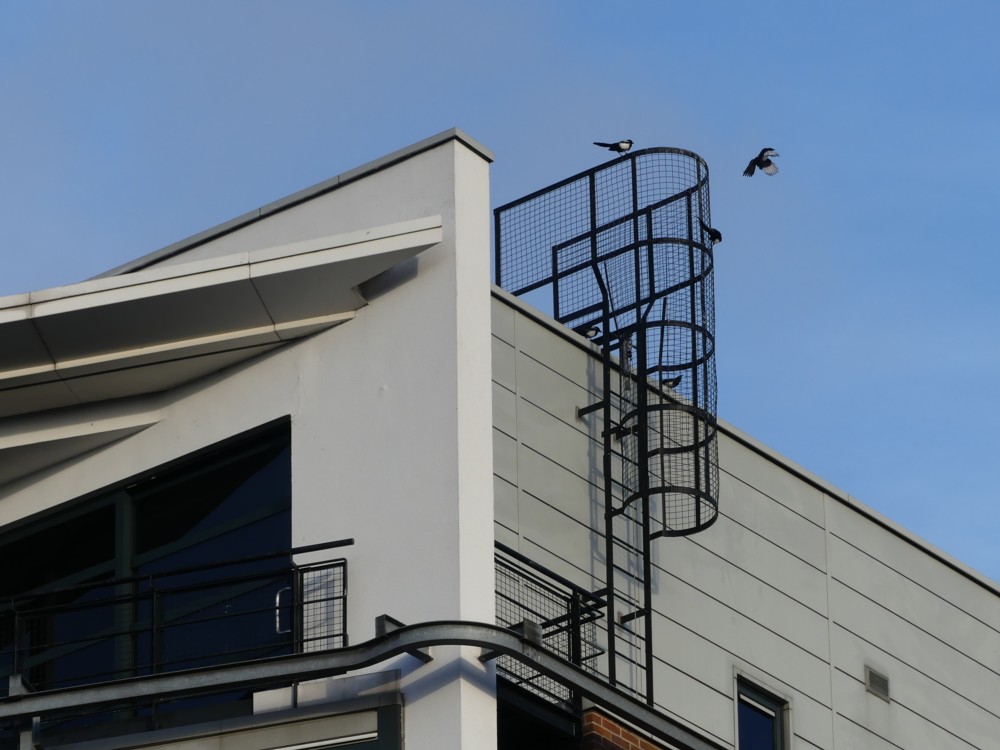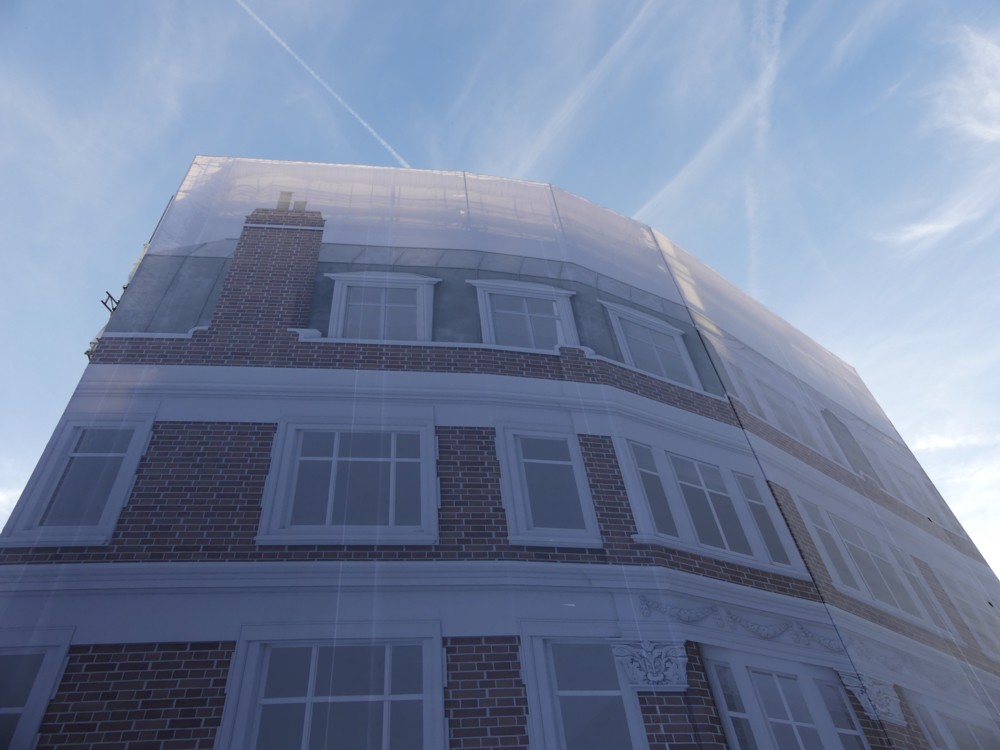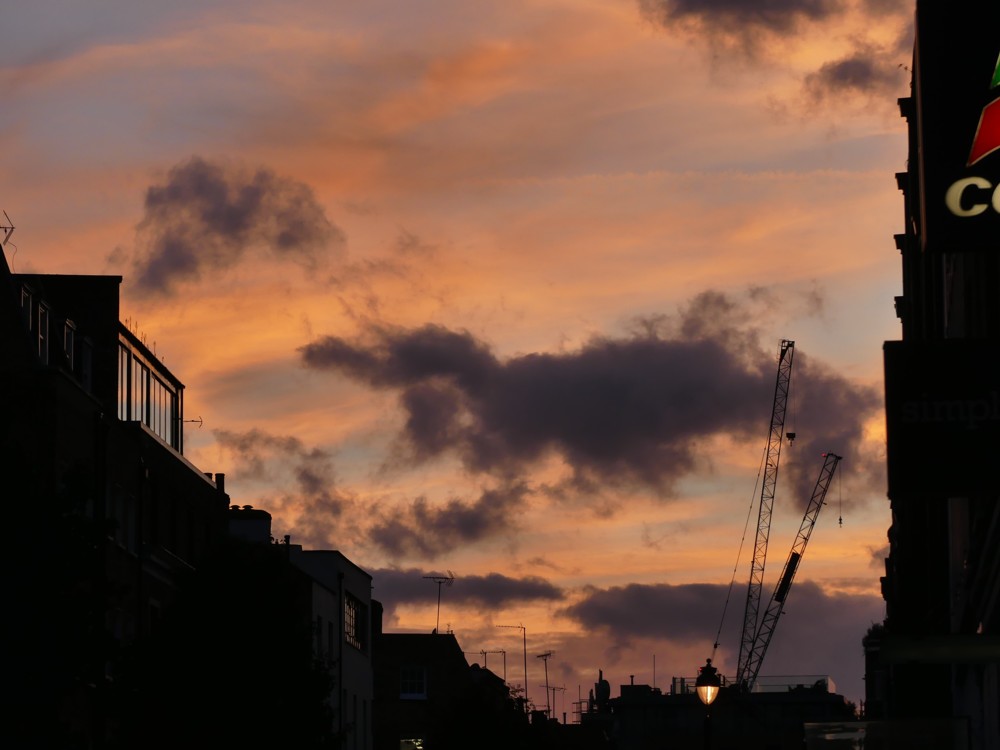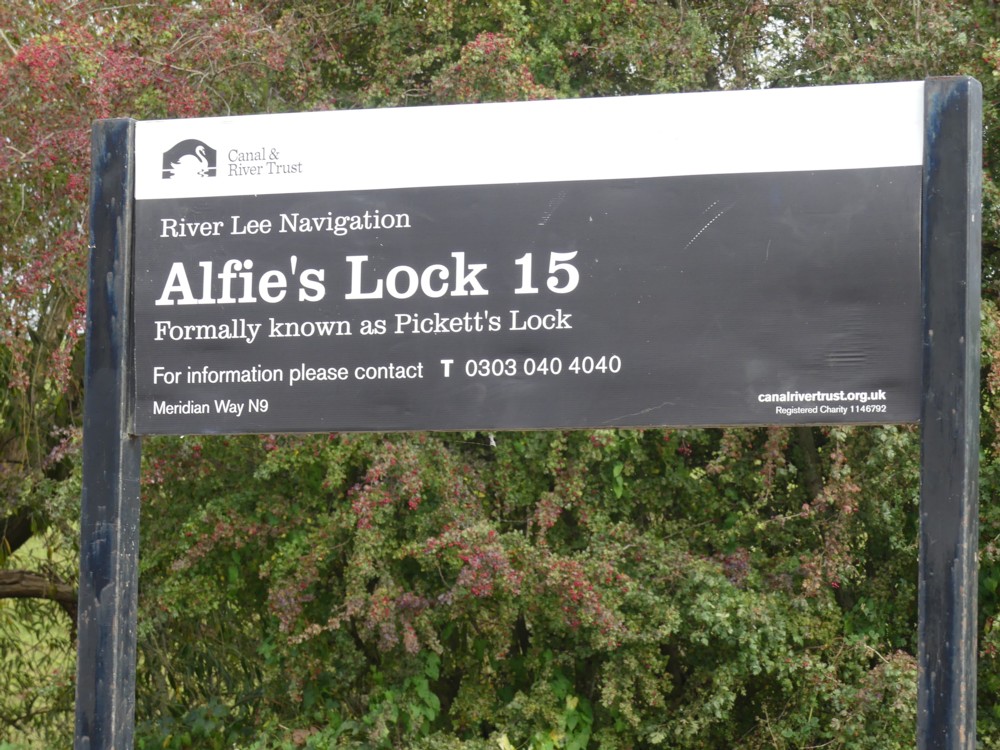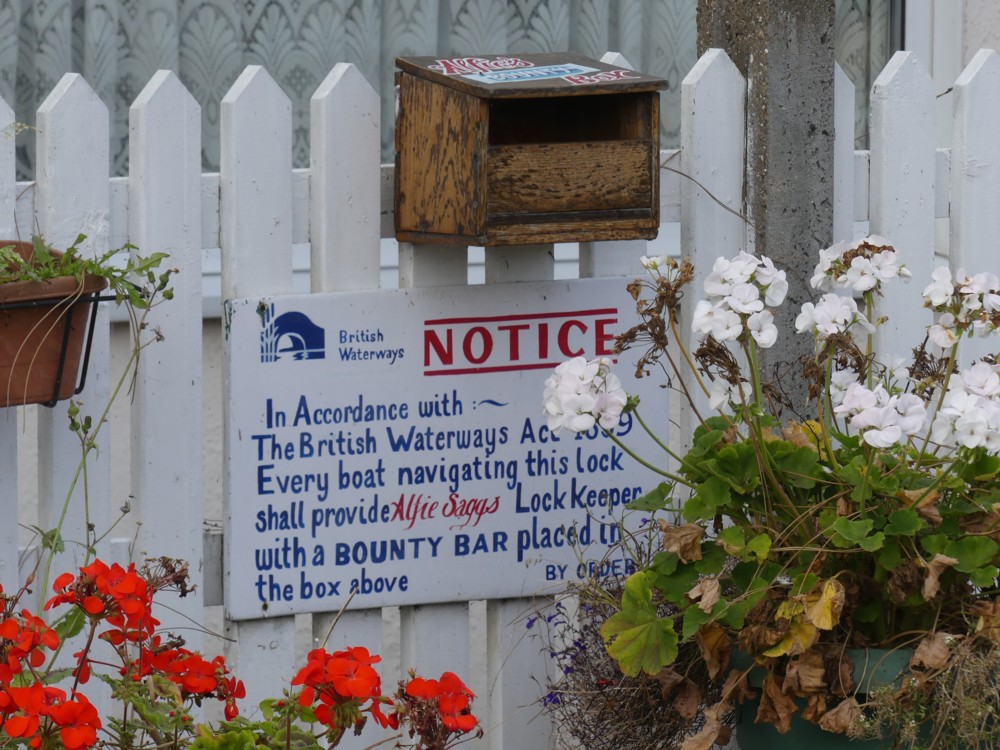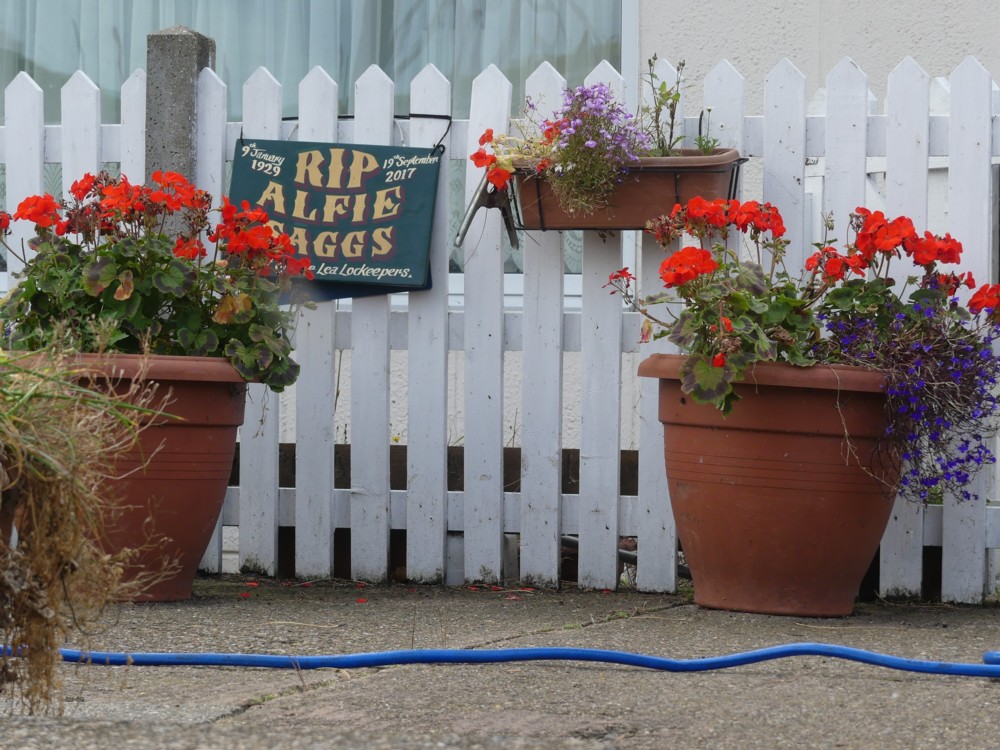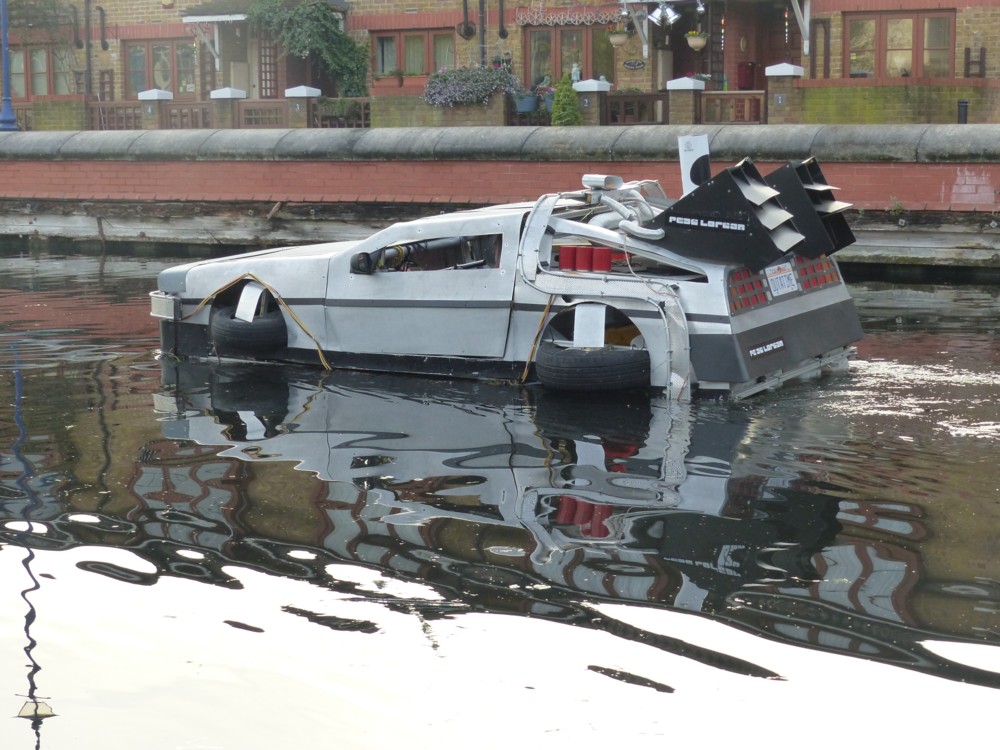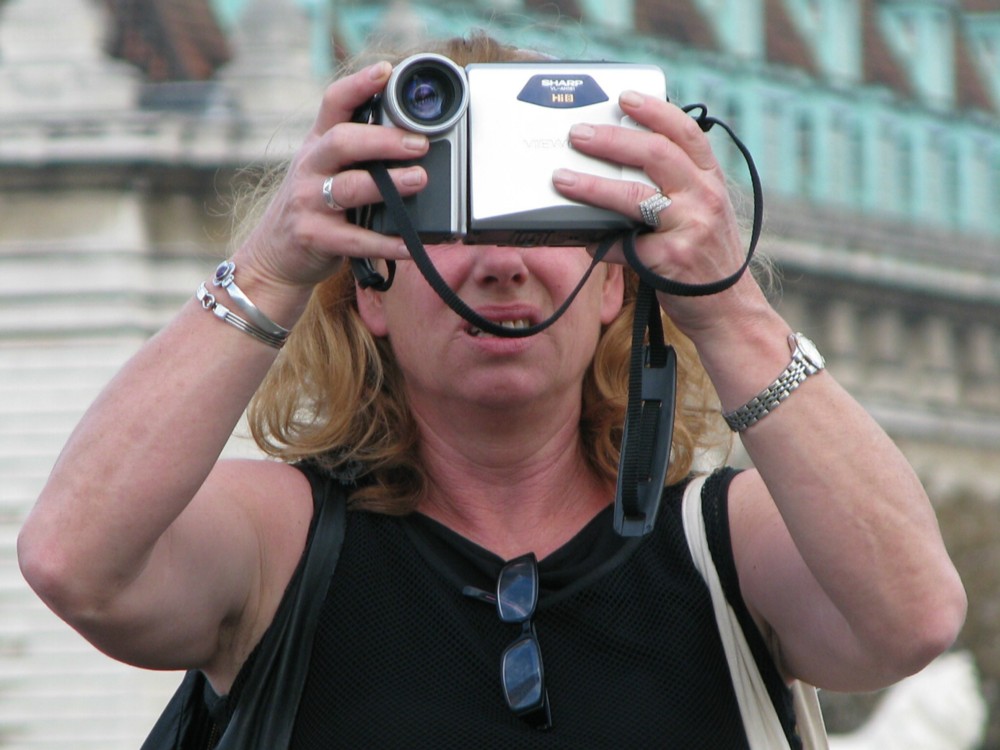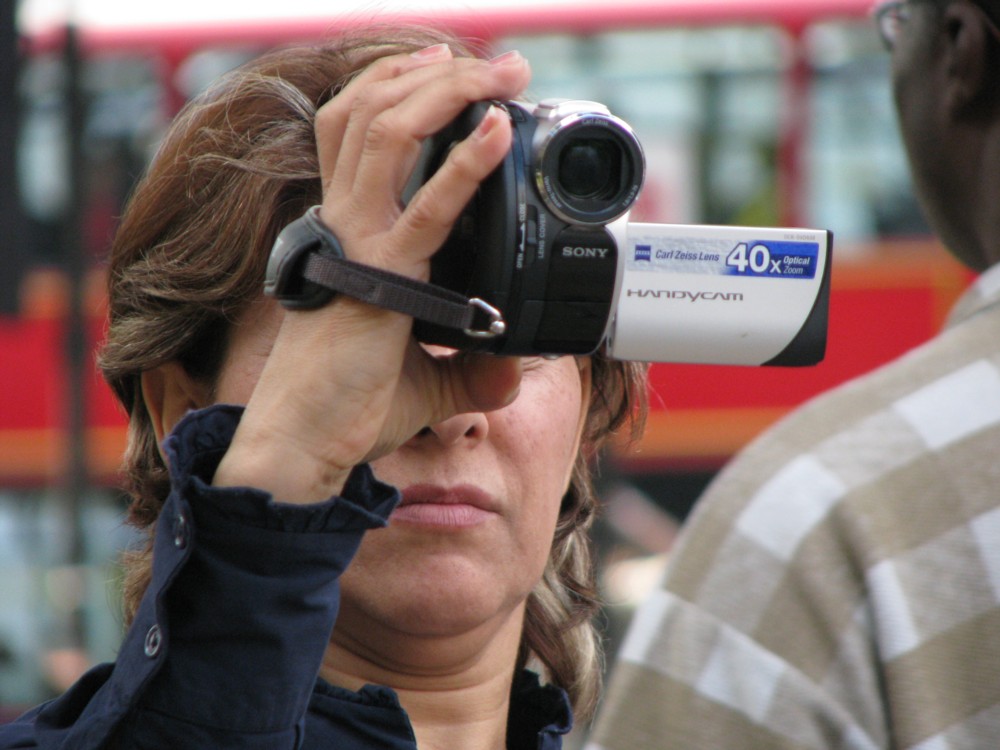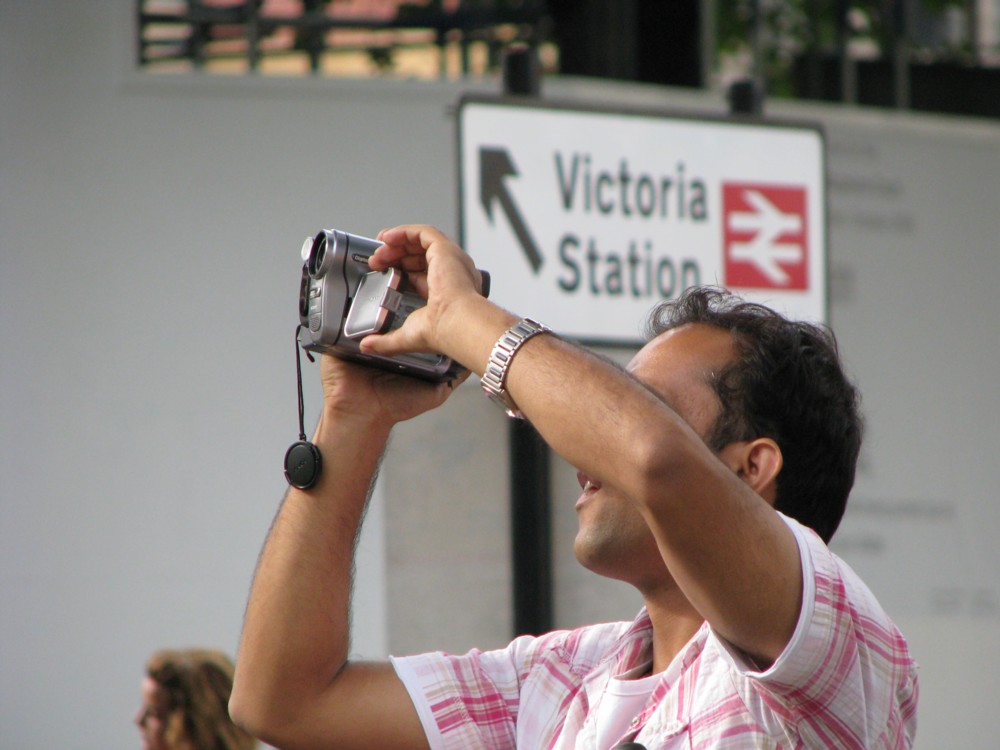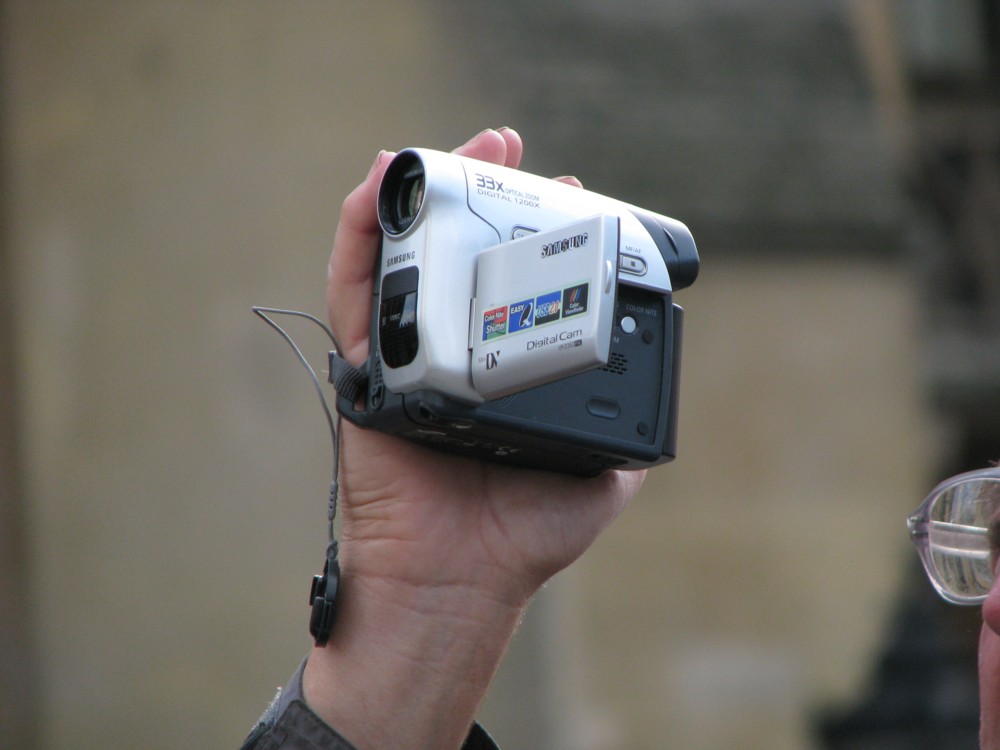My recent life has been seriously deranged by this book, which is about French painting and painters during the nineteenth century. It’s by Ross King. Never heard of him until I acquired and started to read this book of his, but the loss was entirely mine. (Sounds more like a boxing promotor than an Art writer.) This is one of the most engrossing books about Art I have ever encountered.
I am learning about several subjects that greatly appeal to me. There’s French painting, obviously, which I have always wanted to know more about, in particular the rise to pre-eminence of Impressionism, which is what this book is about. There are fascinating little titbits about the rise of sport, the 1860s being one of the most important decades for that, because of railways. There’s French nineteenth century history in general, which this book, bless it, contains a lot of. In particular there is stuff about the 1870 war against the Prussians, and then the Paris Commune. There is French geography also, French geography being something that many of the more affluent French (including the more affluent artists) were getting to grips with properly for the first time, again because of those railways. There is a glorious few pages about a big bunch of artists going on strike! There are huge gas balloons. This is not the sort of book about paintings that is only about the paintings. Which means that it is much better than most books about paintings, because it explains their wider context. It explains what the paintings are of, and why.
I particularly like that the role of the media is well described. Tom Wolfe did not (with this book) invent that. Art critics, then as now, were a big part of the Art story.
But, although I know that I will be a much improved human being when I have finished reading this book, I am finding the actual reading of it rather tough going. For starters, there’s a lot of it, nearly four hundred closely printed pages, and my eyesight isn’t what it was. But worse, there are constant references to people and to things that a better educated person than I would already know a bit about. Who, for instance, was Charles Blanc? I feel I ought to have known this kind of thing, at least a bit. And then there’s the difference between Manet and Monet, which is all explained, concerning which about the only thing I knew beforehand was that they were indeed two distinct people. But, I feel I should have known more about exactly which of them painted exactly what. I could have whistled it all up from the www, but I do most of my reading away from my computer, because that way my computer does not then distract me. Ross King never assumes any knowledge, and introduces everyone and everything very politely, but I am still struggling to keep up.
Another problem is that this book is packed with little stories about excitements of this or that diverting sort, any one of which could have been the basis of an entire book, but in this book often get just one or two paragraphs. (I’m thinking of those titbits about sport, especially horse racing.) Accordingly, I find myself wanting to stop, to contemplate whatever fascinating little yarn I have just read, rather than dutifully ploughing on.
But plough on I am determined to do. Until I finish, you here must make do with inconsequential postings, based on things like my inconsequential photos, which I happen to have been trawling back through in recent days. But when I finally do finish this book, there may be some rather better stuff here. I promise nothing, but I have in mind to pick out some of those diverting little stories, and maybe also sprinkle in some pertinent paintings.
I also hope (but promise nothing) to do a more considered review of this book for Samizdata.


